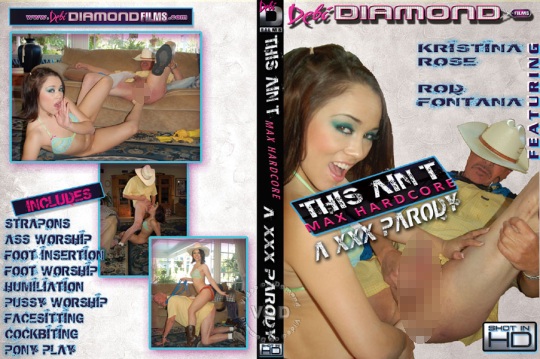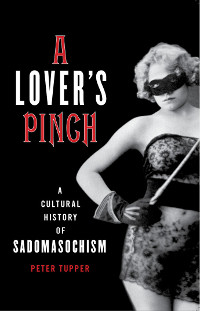Pleasure Dome, by Megumu Minami, is a collection of 5 yaoi manga stories. There is a lot of non-consent, bondage and “ravishment” in these stories, plus an absinthe enema. There’s also a strong theme of role reversal, switching back and forth between who is on top and who is one the bottom.
Of the five stories in this collection, two use real-world historical conflicts as settings.
“Desire on Fire” is set during the British colonization of India. A British officer attempts conquer an Indian prince, but ends up captured instead. Ultimately, the prince, torn between his duty to his people and his love for the officer, exiles himself and chains himself to a rock, waiting to die, where the officer finds him, out for vengeance.
In the afterward, the author says this is very loosely based on the Buddhist story of Angulimala, a bandit who reformed under the influence of Buddha.
The Japanese are not strict and devout Buddhists, but there is something very dramatic and attractive about various characters that appear in Buddhism. I’m sure Christians feel something similar when they hear about the betrayal of Jesus by Judas, the Crucifixion, and other biblical stories.
…
To other people around me, I may have looked like a very devout Buddhist that was touched by the religious significance of the location. However, I must confess. When I closed my eyes, I was thinking more of the bare feet of Angulimala dashing about.
I wonder if I’ll ever be punished for my blasphemy.
The second story, “Hell for a Fallen Angel”, refers to the persecution of Catholics in feudal Japan. The male owner of a brothel is tasked to torment a male Christian and get him to give up his faith.
Christianity has a definite foreign feeling. Some of the words uttered by Japanese Christians back in the day like “Biruzen Santa Maria”, “Rusanchiman” and others end me into a dreamy state.
Of the remaining three stories, one is set in Medieval Europe and loosely adapts “The Song of Roland”, while the other two are set in Europe in some Edwardian or late Victorian period. The settings seem to be mainly there for variation in costume and character design.
So, we have various historical settings and religious myth used as backdrops for male-male erotica. From a Japanese perspective, none of these are set in the here and now, and arguably their settings are fair game for use as background.
I’m not sure an Indian person or a devout Buddhist would be too pleased with “Desire on Fire,” but I think this is an example of using real world settings, even controversial ones, as inspirations for sexual fantasy. It is not only the West using the East for its own imaginative purposes; Japanese may indulge their own “Occidentalism” by reading these stories. The author herself (?) seems only slightly concerned about the shift between the reality of atrocity and the fantasy of sadomasochistic, homoerotic romance.
At a certain remove in time and space, atrocity and injustice become fantasy material.






